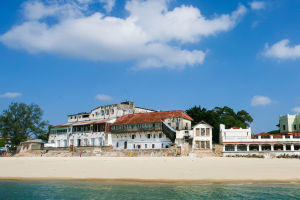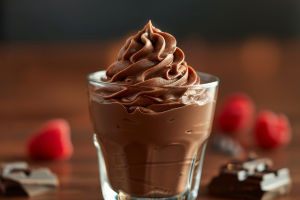Butterfly Life Cycle
Hey Lykkers, have you ever watched a butterfly flutter by and wondered about its life journey? The life of a butterfly is nothing short of magical. It's filled with transformation, growth, and beauty that is not only fascinating but also an essential part of nature's cycle.
Let's take a deep dive into the incredible journey of a butterfly, from its humble beginnings as an egg to its graceful flight as a grown-up.
The Stages of Metamorphosis
We all know butterflies as beautiful creatures, but before they grace us with their colorful wings, they undergo a process known as metamorphosis. This process includes several stages, each playing a unique role in the butterfly's development.
The first stage begins with the egg. The eggs are tiny and come in various shapes like spherical, oval, or spindle-like, with thick protective shells. The colors of the eggs vary—white, green, orange, and yellow—but will change over time. Some eggs hatch within the same year, while others, especially those laid closer to winter, need a period of cold or dampness to hatch.
From Egg to Larva
Once hatched, the next stage is the larva, commonly known as the caterpillar. The caterpillar's job is simple but crucial: eat! It spends nearly all of its time eating, and its body grows significantly, sometimes increasing in weight by over 300 times. The caterpillar feeds on the leaves of specific plants, which are known as its host plants.
After feeding, the caterpillar grows into the pupa stage, where it enters a dormant phase known as the chrysalis or cocoon. Despite being still on the outside, a lot of work is going on inside. The caterpillar undergoes radical transformation, developing wings that will eventually be part of the grown-up butterfly.
The Chrysalis Stage
The pupal stage is where the real magic happens. The caterpillar forms a protective covering around itself and remains inactive for a while. During this time, the internal organs are reorganized, and the wings begin to take shape. Interestingly, the cocoon's appearance can change based on the surrounding environment, making this stage quite unique. For example, the cocoon may take on different colors depending on the climate and habitat.
The Butterfly Emerges
The final stage is the emergence of the grown-up butterfly, a process known as eclosion. When it is time to emerge, the butterfly breaks out of its cocoon and stretches its wings for the first time. However, the butterfly's wings are initially soft and fragile, so it spends some time waiting for them to dry and harden.
As a fully developed grown-up, butterflies are equipped with large compound eyes that help them navigate their environment. Unlike humans, they see a wider range of colors, including ultraviolet light, which helps them locate flowers and mates.
Feeding Habits
Throughout their lives, butterflies feed on various substances. As caterpillars, they primarily consume leaves from specific host plants. Once they become grown-ups, butterflies feed on nectar from flowers, though they also enjoy dew, tree sap, and sometimes even animal feces or rotten fruit. Some butterfly species, like the Skipper, are known to seek out bird droppings to extract nutrients. While this may sound a bit odd, it is just part of their natural behavior.
Interestingly, some butterfly species have adapted to a semi-carnivorous diet, especially in tropical regions, where the larvae sometimes feed on ants or other insects. This behavior adds an interesting twist to their typical plant-based diet.
Life Cycle and Behavior
Butterflies usually have a life cycle of one to two years, though some species only live for around 30 days. The differences in lifespan often correlate with the butterfly's environment. For instance, those living in areas with drastic seasonal changes may have longer lifespans compared to butterflies in tropical regions, where the weather remains constant year-round.
During winter or summer, some butterflies enter a state of dormancy. They retreat to sheltered areas and remain inactive until the climate is more favorable. This adaptation helps them survive harsh conditions and ensures their survival through the toughest seasons.
I hope you've enjoyed learning about the butterfly's fascinating life cycle, Lykkers! From the egg to the majestic flight of the grown-up, these creatures remind us of the beauty and resilience of nature. If you've ever wondered about their incredible transformation, now you know the amazing story that happens behind every flutter!
-
 Secrets of Stone TownBefore the Beach, Do This: Stone Town's Best Kept Secrets Revealed!
Secrets of Stone TownBefore the Beach, Do This: Stone Town's Best Kept Secrets Revealed! -
 Instant Vegan Choco CupsCreamy, no-bake chocolate cheesecake jars with raspberries—ready in five minutes, vegan, gluten-free option!
Instant Vegan Choco CupsCreamy, no-bake chocolate cheesecake jars with raspberries—ready in five minutes, vegan, gluten-free option! -
 How the World Drinks CoffeeFrom creamy Vietnamese iced coffee to different kind of coffee—what your brew says about culture?
How the World Drinks CoffeeFrom creamy Vietnamese iced coffee to different kind of coffee—what your brew says about culture?
Copyright © zogu 2021 - 2025. All Right Reserved.